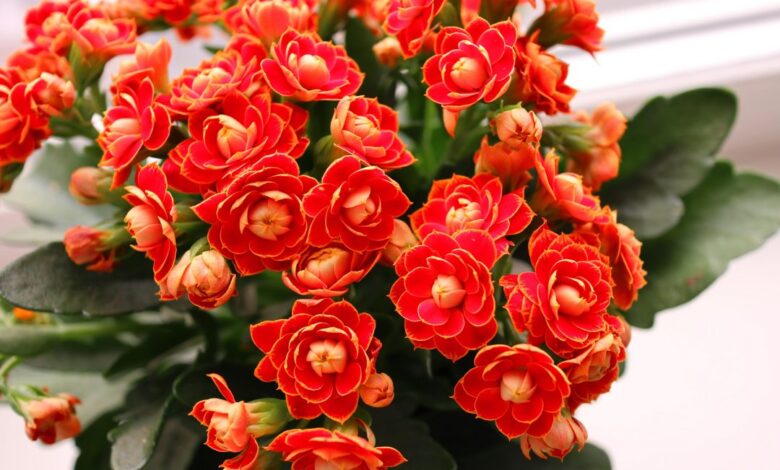All About Kalanchoe Plant: A Comprehensive Guide

Introduction to Kalanchoe Plant
Kalanchoe Plant, a genus of plants in the Crassulaceae family, comprises hundreds of species known for their vibrant flowers and succulent leaves. Originating from Madagascar and tropical Africa, these plants have gained popularity worldwide due to their low maintenance requirements and ornamental appeal.
Types of Kalanchoe Plants
Common Varieties
Among the common types are Kalanchoe blossfeldiana, Kalanchoe tomentosa, and Kalanchoe luciae. Each variety possesses unique characteristics that make it distinct in appearance and care requirements.
Unique Varieties
Unique varieties include Kalanchoe beharensis with its fuzzy leaves and Kalanchoe daigremontiana, also known as the Mother of Thousands, due to its ability to produce plantlets along the edges of its leaves.
Growing Conditions for Kalanchoe Plants
Light Requirements
Kalanchoe plants thrive in bright, indirect light. Placing them near a south-facing window ensures they receive adequate sunlight without the risk of burning their leaves.
Soil Requirements
Well-draining soil is essential for kalanchoe plants to prevent root rot. A mix of cactus potting soil and perlite provides the ideal growing medium.
Watering Needs
Moderate watering is sufficient for kalanchoe plants. Allow the soil to dry out between waterings to prevent overwatering, which can lead to root rot.
Temperature and Humidity Preferences
Kalanchoe plants prefer warm temperatures between 60-85°F (15-29°C) and moderate humidity levels. Protect them from drafts and extreme temperature fluctuations.
Propagation Methods
Stem Cuttings
Propagating kalanchoe plants from stem cuttings is a straightforward method. Simply cut a healthy stem, allow it to callus for a few days, then plant it in moist soil.
Leaf Cuttings
Leaf cuttings are another common propagation method for kalanchoe plants. Remove a healthy leaf, let it callus, then place it on moist soil until roots develop.
Division
Dividing mature kalanchoe plants into smaller sections is possible, although it may take longer for new plants to establish compared to other propagation methods.
Caring for Kalanchoe Plants
Pruning and Deadheading
Regular pruning helps maintain the shape and health of kalanchoe plants. Remove dead or yellowing leaves and spent flowers to encourage new growth.
Fertilizing
Feed kalanchoe plants with a balanced liquid fertilizer during the growing season to promote healthy growth and abundant flowering.
Pest and Disease Control
Keep an eye out for common pests like aphids and mealybugs, which can infest kalanchoe plants. Treat infestations promptly with insecticidal soap or neem oil.
Common Problems and Solutions
Overwatering
Overwatering is a common issue that can lead to root rot in kalanchoe plants. Allow the soil to dry out between waterings and adjust watering frequency accordingly.
Pest Infestations
Pests such as aphids and spider mites can attack kalanchoe plants, causing damage to leaves and flowers. Regularly inspect plants for signs of infestation and treat as needed.
Root Rot
Root rot can occur in kalanchoe plants if they are kept in soggy soil. Ensure proper drainage and avoid overwatering to prevent this fungal disease.
Benefits of Kalanchoe Plants
Air Purification
Kalanchoe plants are known for their ability to purify indoor air by removing toxins and pollutants, promoting a healthier environment.
Medicinal Uses
Some species of kalanchoe plants have medicinal properties and are used in traditional medicine to treat various ailments such as inflammation and infections.
Decorative Value
With their vibrant flowers and unique foliage, kalanchoe plants add a pop of color and visual interest to any indoor or outdoor space.
Conclusion
In conclusion, kalanchoe plants are versatile and easy-to-care-for additions to any home or garden. With proper growing conditions and maintenance, these plants can thrive and provide beauty and health benefits for years to come.